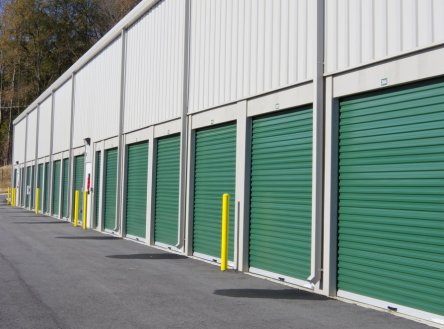The latest Yardi® Matrix U.S. multifamily market update illustrates good overall performance in the sector, with strong demand, steady new supply and consistent rent growth among the key characteristics. Demand for multifamily housing, driven by rising divorce rates, an aging population, and young people delaying marriage and raising children, figures to remain strong for the foreseeable future. Much of the economic growth powering demand is occurring in Southern and Western regions. Meanwhile, national supply growth can be expected to remain in line with 2018 deliveries for the next few years. The webinar update, conducted by Jeff Adler, Yardi Matrix vice president and general manager, and Jack Kern, director of research and publications, also debuted Yardi Matrix’s structured examination of political risk as an investment factor. The analysis weighs a metro’s affordability, philosophy toward affordability (e.g., rent control, zoning policies, permitting and entitlement requirements), urban policing/security, social mobility, tax burdens and unfunded pension liabilities. In the analysis’ first iteration, San Francisco, Chicago and New York had the highest risk scores among 20 major metros while Salt Lake City, Raleigh-Durham, N.C., Indianapolis and Nashville, Tenn., had the lowest. The scorecard is a work in progress, and Adler invited Yardi Matrix users to offer ideas for improving it. “Overall, the sector is performing well, but affordability remains a headwind,” Adler said. Public-sector responses such as rent control and zoning changes have been adopted in Oregon, California and New York City. Such approaches, however, are likely to touch off an exodus of investment capital and create disincentives for new investment, ultimately producing housing shortages. Adler outlined market-based approaches that let supply respond to demand. They include coliving, which minimizes space needs; Airbnb, which monetizes unused time; and modular designs, which lower construction costs. Seattle, Dallas, Denver, Houston and...
Tough Times Ahead?
Matrix Self Storage Update
New deliveries continue to tamp down street rates in almost all U.S. self storage markets. Ground-up projects in secondary markets plus conversions and expansions in highly regulated markets are elevating supply levels, putting the industry through a “rough slog” for the foreseeable future, according to a new report from Yardi® Matrix. In September 2019, street rates decreased in about 85% of the top markets tracked by Yardi Matrix compared to September 2018. Year-over-year street rates slipped by 2.5% for standard 10×10 non-climate-controlled units, with similar-size climate-controlled units falling even more sharply (3.7%). “Deliveries are expected to remain elevated, pushing down pricing for many operators and increasing the need for improved performance through tightened operating costs and better efficiency,” says the report, which is based on a data set of more than 27,500 completed and developing self storage properties. Nationwide, self storage properties under construction or in the planning stages accounted for 9.4% of the total stock in September, a 10-basis-point increase over the previous month. Such properties accounted for over 20% of total stock in Nashville, Tenn., and Portland, Ore., with Seattle not far behind. Which three metros had positive annual street rate performance in September? Where were the highest and lowest asking rates? Why is development booming in New York City? Get these answers, and much more, in the self storage supply and rate recap for October 2019, which is available for...
A Safe Haven
Matrix Multifamily Market Update
Virtually all signs are positive for the U.S. multifamily market, notwithstanding a $1 decline in the average rent in September 2019. In fact, a new national report from Yardi Matrix characterizes the sector as “the picture of stability” amid slowing overall economic growth, gyrating equity markets and international trade tensions. Rents are up 2.9% year-to-date through September and the average national occupancy rate has been above 95% for several years. Housing trends suggest that demand will remain strong for some time to come, with rents likely to remain steady through the fall and winter months as new supply gets absorbed. These trends have produced a favorable investment scenario, according to the report: “It’s no wonder that investors looking for a safe haven and surprise-free returns have identified multifamily as an asset class in which to increase allocations.” Other highlights from the report include a breakdown of year-over-year rent growth across all asset classes and across lifestyle and rent-by-necessity asset classes. There’s also an examination of rent growth on a trailing three-month basis for those categories, along with a look at supply, capital market trends and a discussion of the federal government’s proposed reform of Fannie Mae and Freddie Mac. All that, and more, is in the Yardi Matrix multifamily national report for September...



